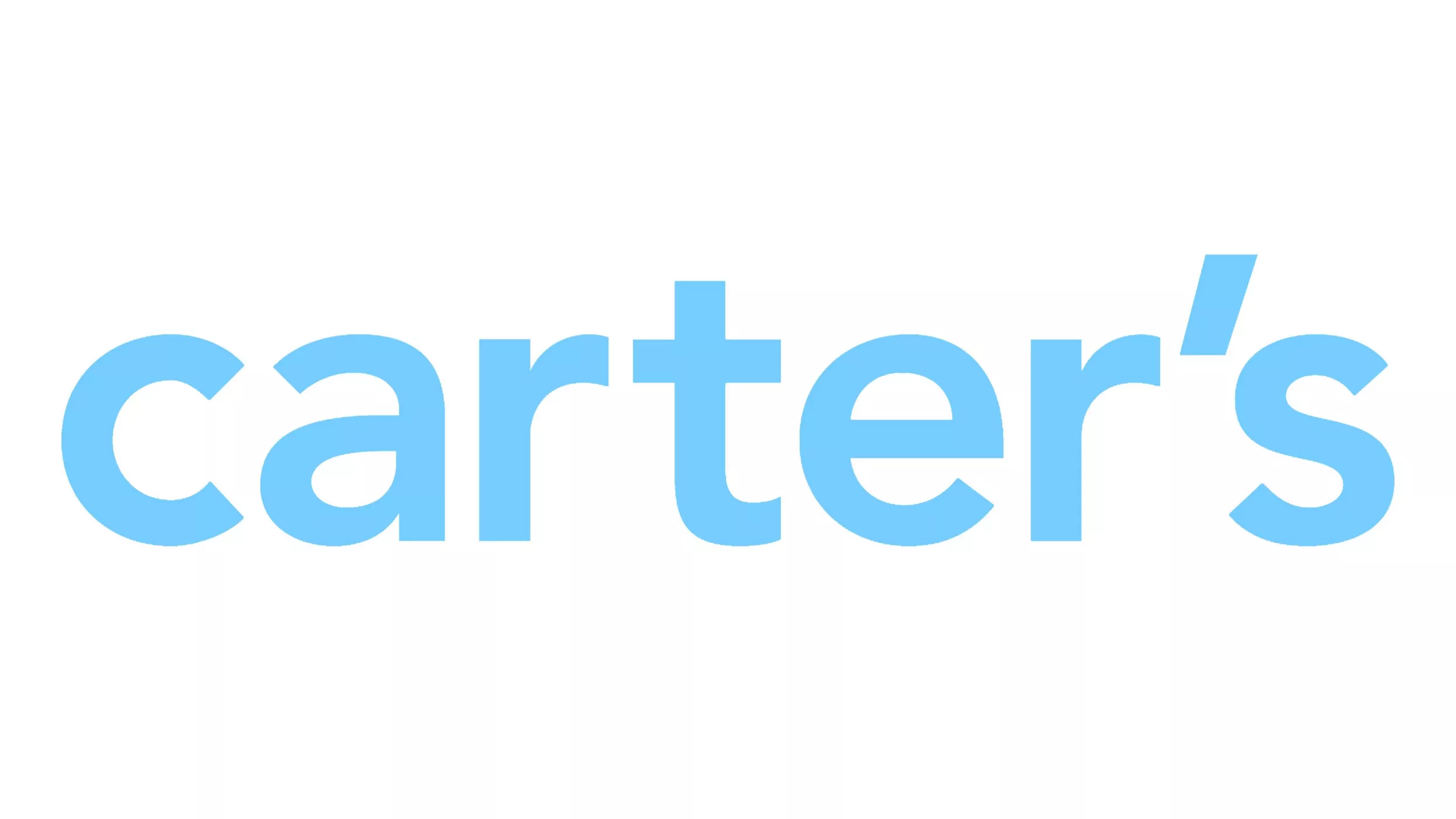
The power of connected planning

At a glance
We rolled out new Anaplan use cases for Carter’s and updated older models of the business planning solution, eliminating data silos and dozens of spreadsheets.
Impact
Now the organization is on its way to being connected in real time with data in one authoritative source—and more team members are empowered to make fast, data-driven decisions.m
Key Services
Industry
Retai
Key Technologies / Platforms
- Anaplan
- Tableau
Trusted by generations
There’s nothing like selecting a gift for a child. Whether you’re buying a T-shirt with a cute design or an adorable rattle in the shape of their favorite animal, and whether you’re doing it online or in-store, the feeling of choosing something beautifully made that you know will be loved and enjoyed is priceless.
Carter’s, Inc. understands these moments better than most companies. It sells more than 10 products for every child born in the US. The company owns two of the most highly recognized and most trusted brand names in the children’s apparel industry, Carter’s and OshKosh B’gosh, and a leading baby and young child lifestyle brand, Skip Hop.
Carter’s multichannel, global business model includes more than 1,000 company-operated stores, thriving ecommerce sites, and a strong presence in other major retail outlets—including Amazon, Kohl’s, Target, and Walmart—as well as international wholesale accounts and licensees that operate in over 90 countries. Its teams work hard on planning, forecasting, and supply chain management to get all those products to the right place at the right time, and safely into customers’ hands.
Connecting people, plans, and data
Carter’s was an early adopter of Anaplan. Its leaders recognized the potential of the dynamic cloud-based business planning and performance management software to help them drive merchandising, inventory, and assortment decisions across a portfolio of brands. Keyur Patel, VP of Retail IT at Carter’s, notes that among its advantages are that “Anaplan can scale. It can handle different use cases and orchestrate the processes we need to make better decisions. And it’s very flexible and quick if we want to make changes.”
Carter’s began by deploying Anaplan first to assist with supply chain management and then for financial and assortment planning on the retail side of its business. From there a bigger vision emerged: a true connected planning environment for the entire company.
Executives imagined a closed loop where data and information flowed from team to team. Sales planning would inform merchandising decisions and cost or price choices. Product selections would then inform operational decisions including manufacturing, inventory, and distribution. The business’s financial plans would tie back to the product and customer plans. Everyone would be connected in real time, silos would be a thing of the past, data would be transparent, and decision-making would be streamlined and proactive.
But there was work to do. Parts of the organization were still using spreadsheets or legacy software that was no longer supported. And some users required more speed and flexibility in their existing Anaplan models.


A growing partnership
We partnered with Carter’s to implement Anaplan for a series of new use cases and to optimize existing Anaplan models.
Over the course of the work, Slalom became a highly trusted partner. According to Jim Lane, senior director of connected planning at Carter’s, it wasn’t only our technical know-how that stood out but our “very collaborative and collegial” style. “And Carter’s is a very collaborative, consensus-based organization,” he says, “so that fit very well.” There was one more deciding factor: our people were local, already in Atlanta, and ready to work directly alongside Carter’s employees.

Goodbye, spreadsheet chaos
Carter’s product styles are quoted, refined, and finalized multiple times a year. It's an intense effort and one that provides the organization with key data for analyzing its fiscal well-being, tracking against goals, and projecting future revenue. Consider that Carter’s develops about 20,000 styles a year—and that each style may be available in multiple sizes—and the scale is apparent. Prior to Anaplan, multiple teams worked simultaneously across dozens of spreadsheets.
“The real tipping point for chaos,” says Brett Harn, a leader for connected planning at Slalom Atlanta, “is pulling all those spreadsheets together.” Aggregating the data from all the different departments was complex and challenging. Getting the big-picture view and analyzing it in real time was even harder.
One simple, elegant Anaplan model has replaced all those spreadsheets and rounds of emails and eliminated accidental edits entirely. Users can sort styles by relationship to a season’s costing goals or metrics, identify those most in need of problem-solving, and prioritize their workloads accordingly. Data refreshes on a standard, predictable cadence, forecasts sync automatically, and decisions happen in real time.
Enhancing and optimizing existing models
Our teams improved Carter’s existing Anaplan models, increasing functionality to make them smaller, speedier, flexible, and more efficient.
The enhancements reduced store allocation workspace usage by 80% and cut the time it takes to import supply chain data—a process that runs multiple times a day—by almost half. The new models for these two use cases save a combined total of 150 GB in the Anaplan environment.
Users can now add, remove, or modify store information and have the changes inform assortment and financial plans in less than a day. They can make inventory changes on the fly and be confident those changes are captured in dashboards and clear to others. And business users have visibility to assortment planning—they know how much inventory to order and when, and where that inventory should be marketed.
The right tools for the right job
Finally, we helped Carter’s wholesale planning team retire its legacy software and migrate to Anaplan, while also bringing one of Carter’s newly acquired brands—which had been operating purely in Excel—on to the solution.
The wholesale sales planning team also wanted the ability to dynamically explore intersecting data hierarchies: between customer groups, across customers, or within a customer—a need our consultants realized would be well served by a Tableau connection. Instead of rounds of manual spreadsheet work and pulling pictures of data into static presentation slides, users now have the option to guide senior executives through a Tableau dashboard that shows quickly and clearly how the business is doing.
“Given its success with the wholesale team, we did the same thing for the retail team,” says Susan Wood, the Slalom client service lead on the project. “And the response was amazing. Lots of oohs and ahs! When we showed it to the buyers, they said, ‘Are you kidding? We just click that little button and my roll-up is done?’”
Ready to meet a changing landscape
There are now 400 Anaplan users at Carter’s, and the company is on the way to making its connected planning vision a reality. All these improvements deliver new speed to insights and greater efficiency, flexibility, and accuracy that could well increase opportunities for full-price sales and reduce markdowns, enabling better margins.
Carter’s Anaplan goals were in place well ahead of the disruptions of 2020. But as Wood says, “Obviously, planning is important. And planning in a world that’s completely different than you thought it was going to be is critical.”


